D.A.R.E. University
D.A.R.E. University is a trusted online learning resource for D.A.R.E. Officers and other community members to access educational information and lessons about prevention, safety, and health promotion. It includes or may include in the future:
- D.A.R.E. U – a dedicated Learning Management System (LMS) for D.A.R.E. Officers and Training Personnel to complete coursework as part of their initial and ongoing D.A.R.E. training.
- Teacher and other School Wellness Resources – lessons, infographics, and visuals that extend D.A.R.E. concepts for carryover, as well as additional topics and courses.
- Family Resources – take-home lessons, trusted sources of research data, and other information that help parents and students to talk about D.A.R.E. concepts together as a family.
- Professionals from related occupations – a platform and source for accredited and engaging training to fulfill required vocational continuing education requirements.
Video Presentation: Study Concludes D.A.R.E. Curriculum Evidence-Based & Effective
The UNC Greensboro and Prevention Strategies’ 3-year, multi-longitudinal study concludes: D.A.R.E. keepin’ it REAL Elementary School Curriculum is Evidence-based, Successful and Effective.
Watch Dr. David Wyrick, President of Prevention Stategies and Professor of Public Health at UNC Greensboro, present the evaluation’s results at the 34th D.A.R.E. International Training Conference attended by more than 1,300 D.A.R.E. officers, educators, and government officials from 28 different countries.
The soon to be published comprehensive study is the only one ever conducted reviewing any prevention education curricula taught by law enforcement officers, rather than teachers.
Video Presentation: Teen Marijuana Use is Increasing – The Risks are Real
Patrick Kennedy, former Congressman and Founder of the Kennedy Forum and Dr. Kevin Sabet, President & CEO, Smart Approaches to Marijuana share their perspectives on the rising rate of marijuana use among teenagers.
Learn more about the spectrum of risk involved – to teens and their families, their health and well-being, and to communities.
